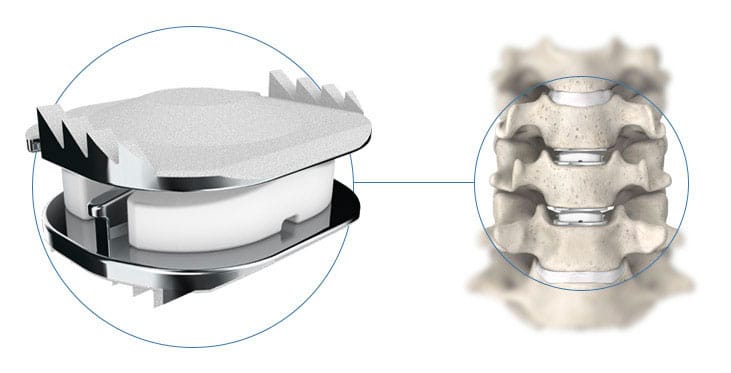The human spine comprises a series of bones called the vertebrae, each separated by discs that ensure smooth movements without the bones rubbing against each other. However, the normal aging process and excessive use may lead to damaged or degenerated intervertebral discs, necessitating a disc replacement surgery. During a disc replacement surgery, the damaged disc is removed and replaced with an artificial disc. Replacing the degenerated disc relieves pressure from the spinal nerves and restores optimal spinal functions.
Dr. Brian McHugh performs cervical disc replacement surgery on Long Island with Mobi-C, widely considered one of the world’s best cervical discs. Mobi-C was first used in Orleans, France, in November 2004, and it has since been used in over 75,000 procedures globally. The Mobi-C cervical disc received FDA approval in August 2013, making it the first cervical disc with one-level and two-level indications. The Mobi-C clinical trial had included 599 patients, making it the largest and most successful concurrent clinical trial for cervical disc replacement surgery in the U.S.




